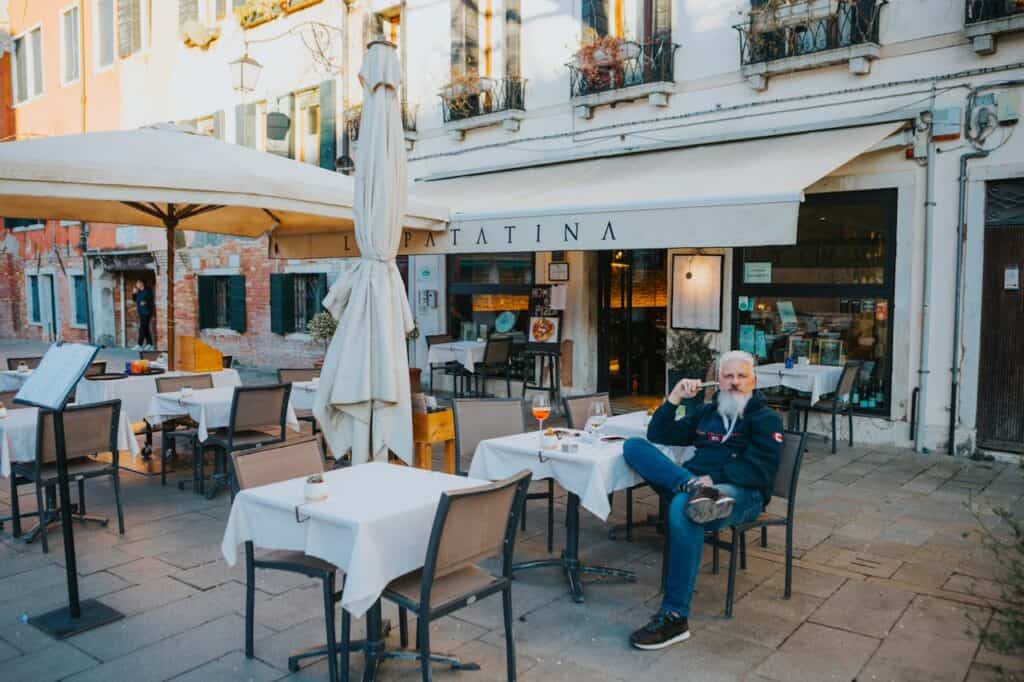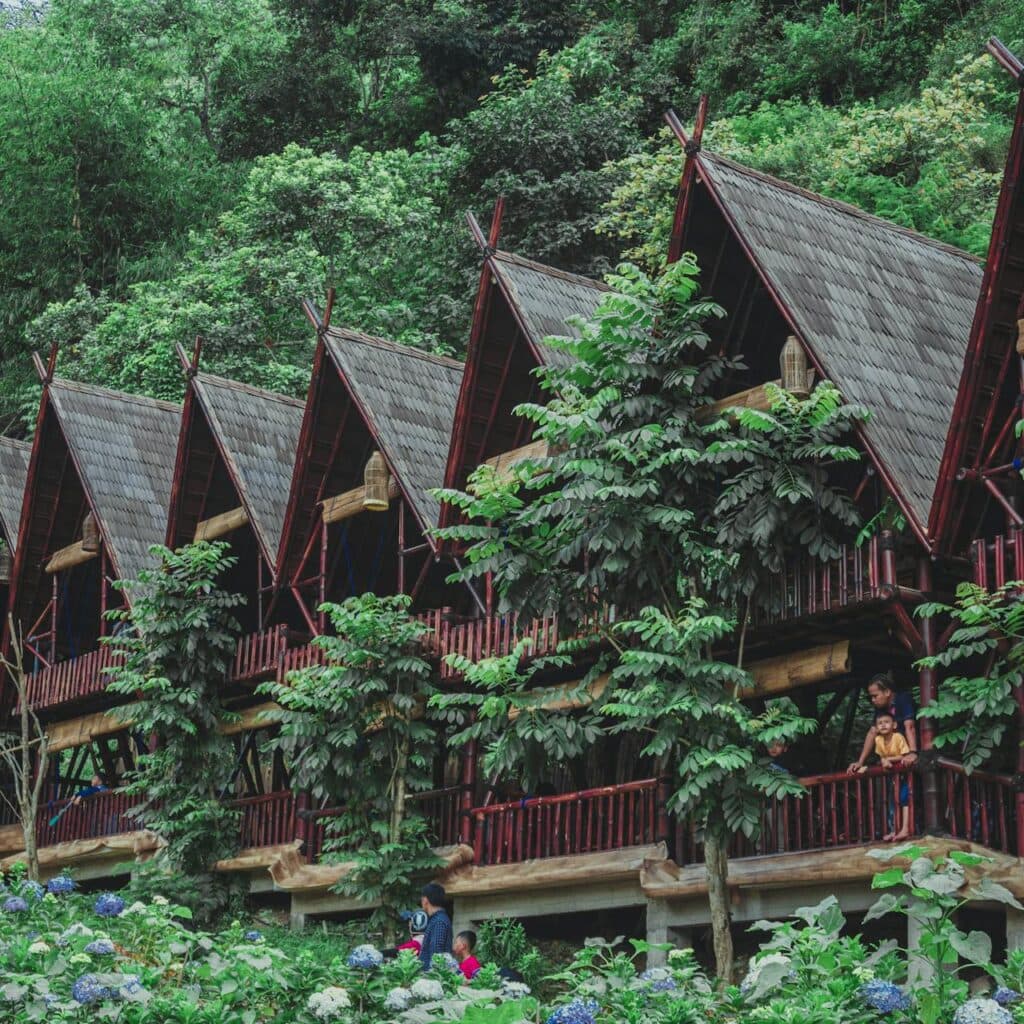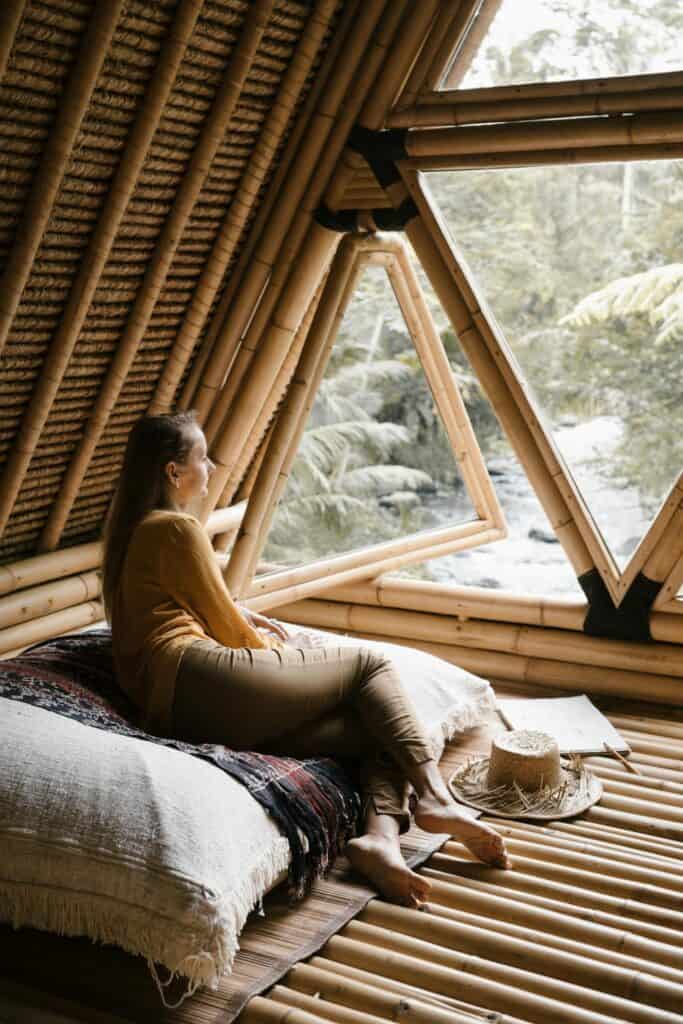We may earn money or products from the companies mentioned in this post. This means if you click on the link and purchase the item, I will receive a small commission at no extra cost to you ... you're just helping re-supply our family's travel fund.

After years of restrictions, travelers first rushed back into the world with what became known as “revenge travel.” The goal was simple: make up for lost time, see as much as possible, and book anything that promised freedom. Planes were packed, and itineraries were tight.
But now, something’s shifted. Many of those same travelers are realizing that non stop movement doesn’t always feel fulfilling. Instead, a slower, more intentional style of travel is taking hold-one built around longer stays, deeper connections, and the joy of truly being somewhere.
This isn’t about rejecting tourism; it’s about redefining it. Slow travel means living a little more like a local, reducing the chaos, and giving yourself the time to actually notice where you are.
1. The Rise of the Slow Travel Mindset

Fast travel burns out even the most seasoned wanderer. Constant packing, early flights, and surface-level sightseeing leave people more exhausted than inspired. Slow travel grew out of this fatigue-an antidote to itineraries that read like to-do lists.
More travelers are now choosing fewer destinations and longer stays. It’s not just about rest; it’s about depth. Staying in one place for a week or a month allows you to feel rhythms that no guidebook can capture the morning market, the neighborhood café, the quiet at dusk.
Escaping the Checkpoint Mentality
Rushing from city to city once felt like proof of curiosity. But collecting destinations is no longer the goal. What travelers are chasing now is presence. The slower you move, the more you notice the way a street changes with the light or how locals gather in small, unspoken routines.
Why Depth Feels Better Than Breadth
Longer stays open room for spontaneity. You can wander without an agenda, make friends, or linger over dinner without thinking about tomorrow’s train. Those unplanned moments often become the ones that define a trip the kind that can’t be squeezed between flights.
2. Sustainability and the Power of Staying Put

Slow travel doesn’t just feel better it’s also better for the planet. Hopping between multiple destinations multiplies your carbon footprint through frequent flights and transport. Longer stays, on the other hand, mean fewer emissions and a smaller impact overall.
Communities benefit too. When visitors stay longer, they spend more in local shops, rent apartments instead of hotels, and invest in small, neighborhood economies. It’s travel that sustains rather than strains.
Supporting Local Economies
Tourist-heavy areas often see quick spending and quick departures. Slow travel flips that. A traveler who stays weeks instead of days buys groceries, uses local transport, and supports family-run businesses that rarely benefit from mass tourism.
Environmental Benefits
Cutting down on constant movement doesn’t mean missing out-it means reducing waste. Trains over planes, refilling water bottles, and reusing accommodations make a real difference. When you slow down, your travel footprint does too.
3. Reconnecting With Meaning and Self

Here’s the thing: the more people travel, the more they’re realizing that chasing “experiences” can still feel hollow. Slow travel invites reflection. It’s about being mindful, not just mobile. Instead of rushing to post the perfect photo, travelers are learning to savor the quiet and the imperfect.
It’s also about emotional connection spending enough time somewhere to form memories tied to people, not places. When you leave after weeks instead of days, it starts to feel less like passing through and more like saying goodbye.
The Emotional Reset
The pandemic left many feeling detached from routine and place. Longer stays restore that connection. They give space for stillness, helping travelers feel part of something again, even temporarily. The result isn’t escapism- it’s renewal.
The New Definition of Luxury
Luxury used to mean access: five-star hotels, exclusive tours, and packed itineraries. Now, it’s about time the freedom to move slowly, eat well, and wake up without a schedule. That’s the real privilege modern travelers are chasing.
Choosing Meaning Over Momentum
Revenge travel was about reclaiming lost time. Intentional travel is about reclaiming how we spend it. Slowing down doesn’t mean missing out; it means tuning in to culture, community, and yourself.
In the end, the trips we remember most aren’t the ones where we saw everything they’re the ones where we truly stayed somewhere. The trend toward slower, longer travel isn’t a passing phase. It’s a return to what travel was always meant to be: connection, curiosity, and care.
References
- “Why More Travelers Are Choosing to Stay Longer and Move Less.” – The Guardian.
- “Tourism for Development: A Global Perspective.” – UN World Tourism Organization.
- “The Rise of Slow Travel in a Fast World.” – Conde Nast Traveler.
- “How Sustainable Tourism Is Changing the Way We Explore.” – National Geographic.